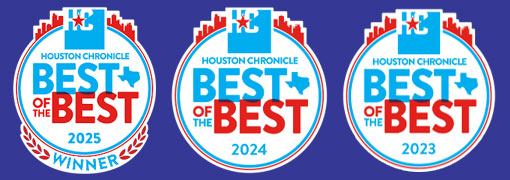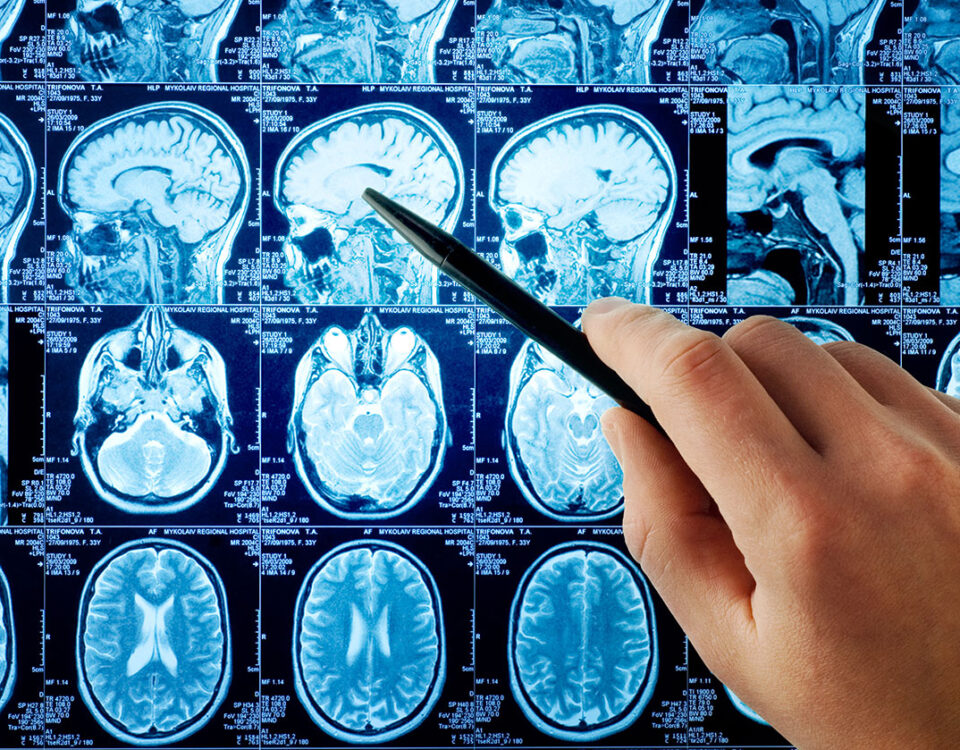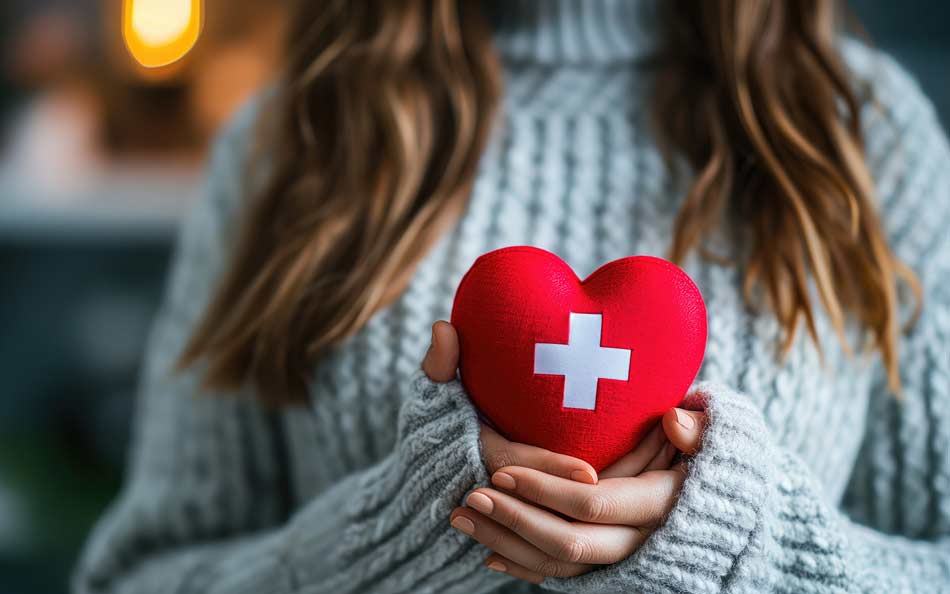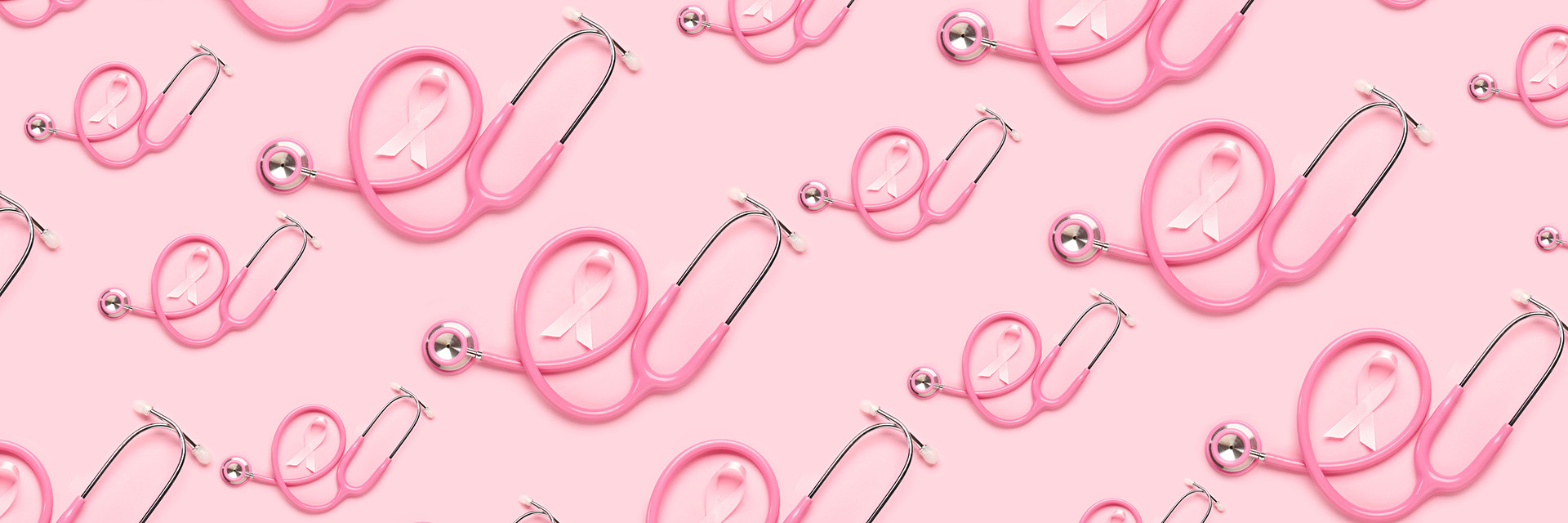
The Truth About Breast Cancer: Part 2
October 25, 2022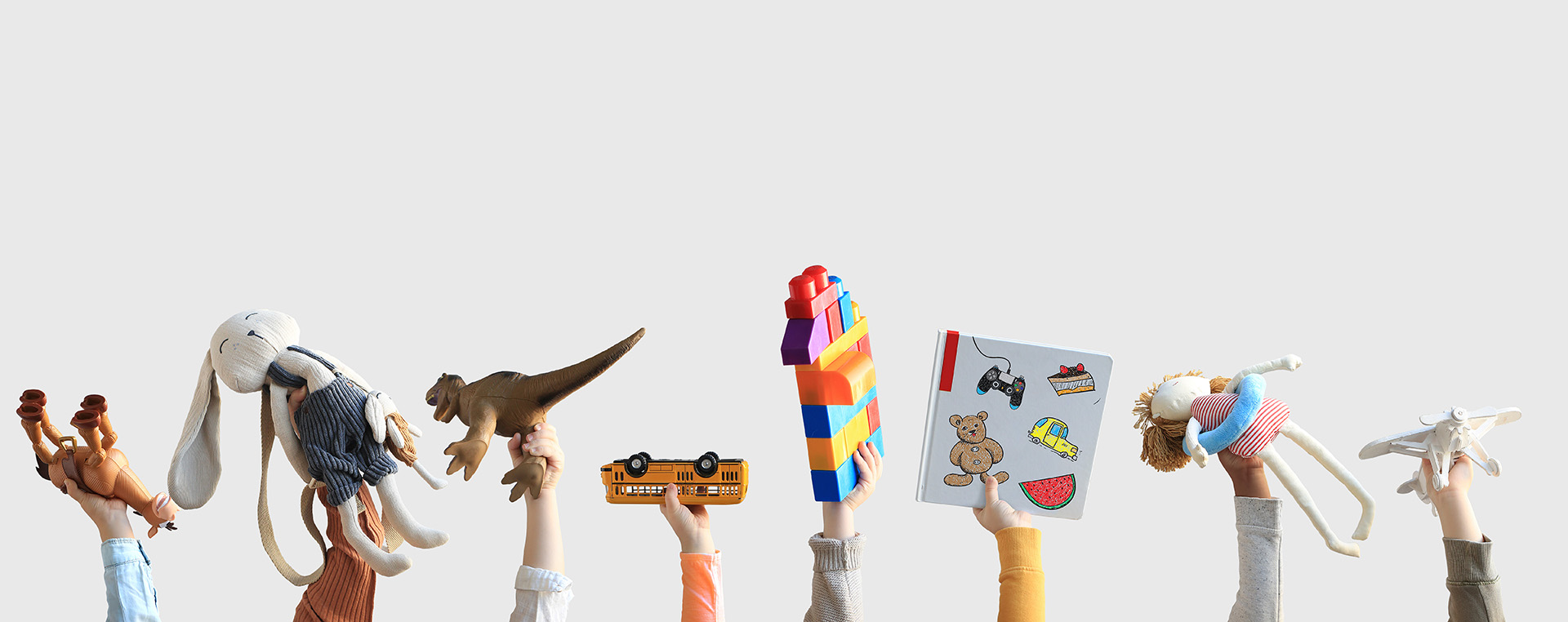
A Handmade Raggedy Ann That Sparked A Mission
November 25, 2022by Susannah Wollman
Every year the Veterans Day National Committee selects a poster submitted by artists nationwide that is published as the year’s commemorative Veterans Day poster. Distributed to VA facilities, military installations in this nation and around the world, and in cities and towns across our nation, the poster finally comes to its most revered place as the cover of the official program for the Veterans Day Observance at Arlington National Cemetery.
This is the 2022 Commemorative Veterans Day Poster, designed by Briana Cummings, a visual information specialist who has worked at the Erie VA Medical Center (VMAC) in Erie, Pennsylvania since January 2020.
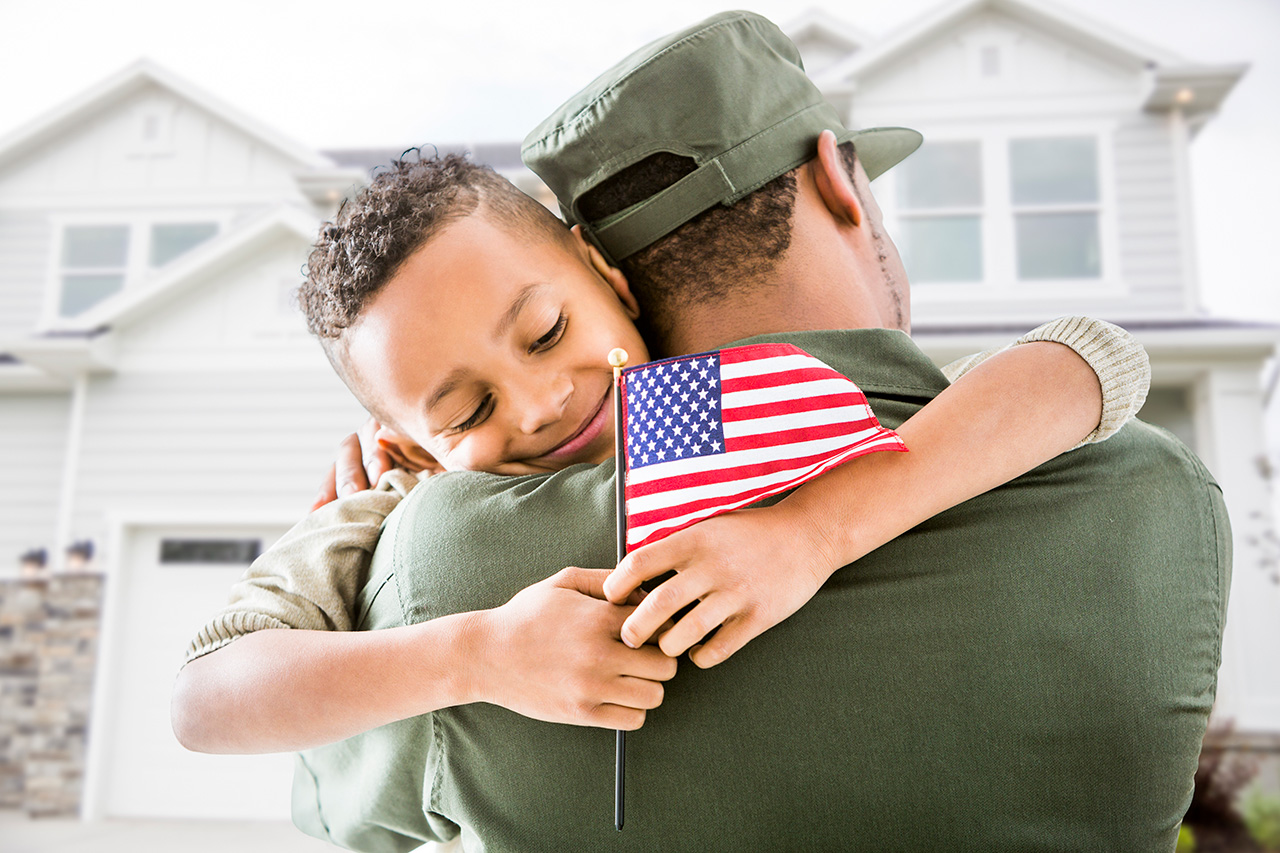
Veteran’s Day or Veterans’ Day?
Both are wrong. There is no apostrophe in Veterans Day because the apostrophe indicates possession. Every veteran who is alive or has died is honored on this day, and it doesn’t belong to any of them. It actually belongs to you, because it is a special day set aside for you to celebrate our veterans.
A Brief History of Veterans Day
On June 28, 1919, the Treaty of Versailles officially marked the end of World War I. But the war had actually ended when the fighting came to a halt on the 11th day of the 11th month at the 11th hour in 1918. That was when the Allies and Germany put into effect an armistice (a truce). “The war to end all wars” was considered to have ended on November 11th, 1918, and was originally dubbed Armistice Day. It took all the way until 1926 for Congress to officially recognize it as the end of the war, and it was 1938 before it became an official holiday to honor veterans of WWI.
Then—World War II and the Korean War followed, dashing the hopes that WWI would truly be the war to end all wars. So, at the urging of veterans service organizations, Congress amended the commemoration by changing the word “armistice” to “veterans” to honor all American veterans of all wars.
What followed next was a lot of confusion over dates. In 1968, Congress signed the Uniform Holiday Bill, which meant that a few federal holidays (including Veterans Day) would fall on a Monday. Inexplicably, the bill set Veterans Day commemorations for the fourth Monday of every October. When it went into effect three years later, many states were unhappy and decided to recognize the day in November. Others followed suit. As Veterans Day had historic and patriotic significance, on September 20, 1975, President Gerald Ford signed yet another law (Public Law 94-97), returning the annual observance to November 11, beginning in 1978.
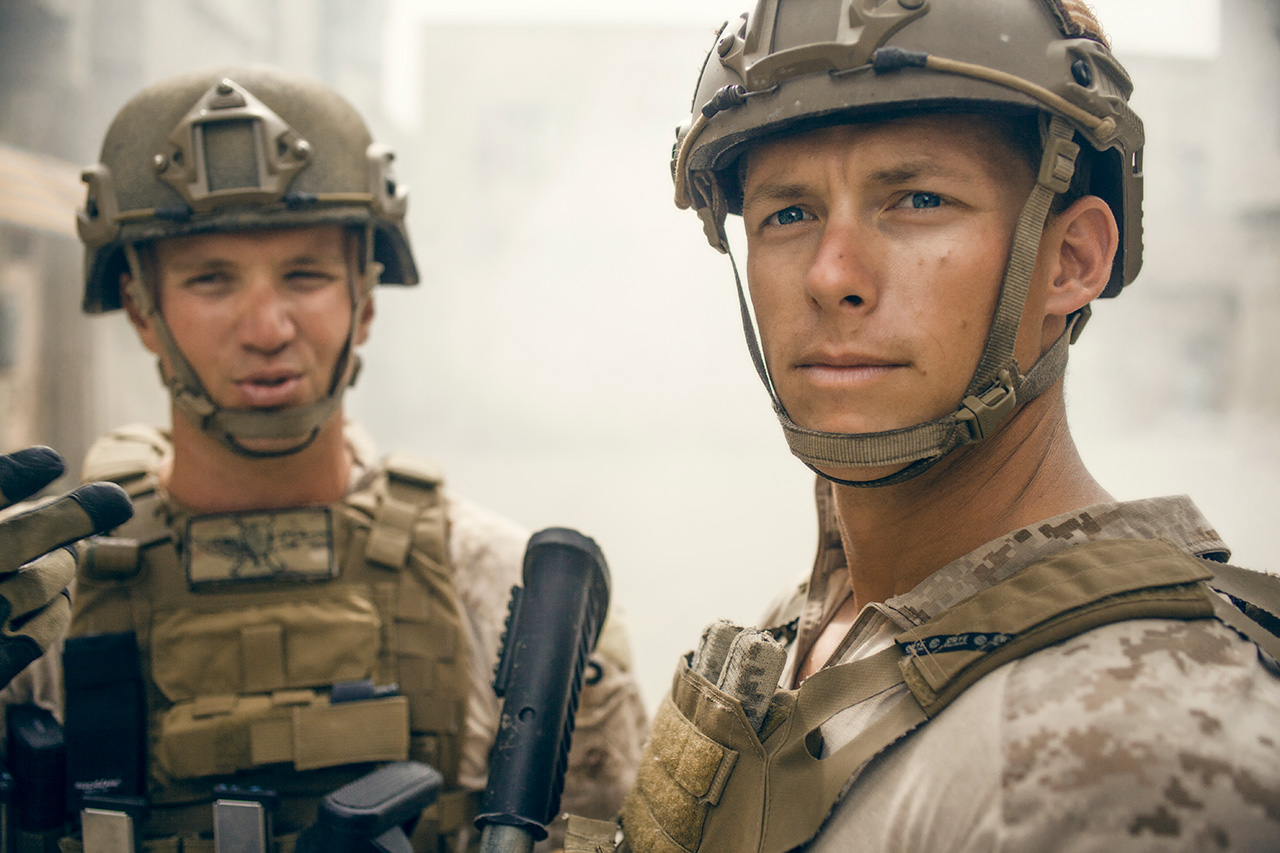
More Confusion
Some people can’t understand the difference between Memorial Day (a Monday holiday) and Veterans Day. It’s actually pretty simple. Memorial Day is a day to remember all who have died in wars. Veterans Day commemorates all veterans, living or dead, whether they served in wartime or in peacetime.
Ways to Honor Veterans on Veterans Day
We ought to look at Veterans Day as a jumping-off point and celebrate veterans 365 days a year. But on their special day, here are some ways you can honor those who have served (or are currently serving) their country.
1) Gratitude
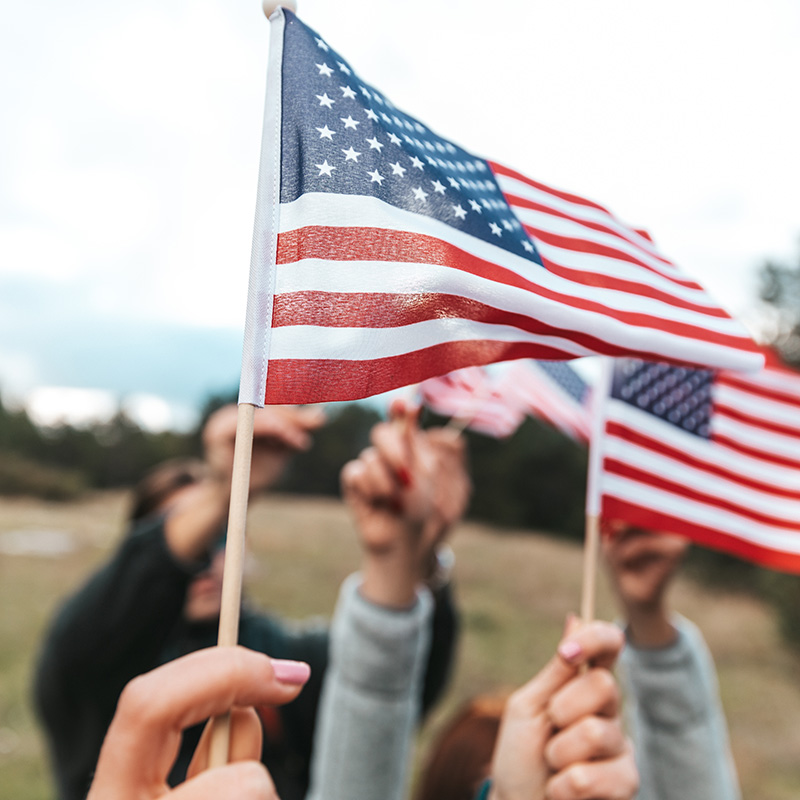
Whenever you see someone in uniform or someone you know who served in the armed forces, take a moment to let them know you are grateful for that service. You can also write letters, postcards, or emails, even if you don’t know any veterans. Volunteer opportunities like Soldiers’ Angels Writing Team enables deployed service men and women to receive a much appreciated letter.
2) Listen
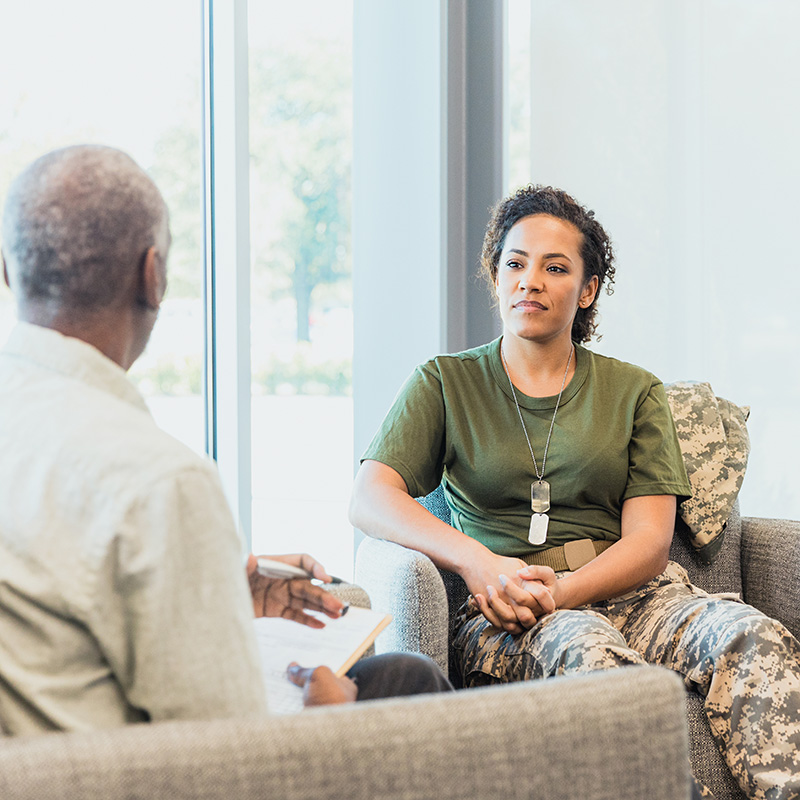
Sit down with a veteran and ask what world-changing thing they’re doing right now. Show genuine attention and express genuine thanks for all they’re doing to keep our country safe. 25% of returning vets would like to start their own business. Companies like Bunker Labs help them do just that. If they have a desire to go into business, send them to the Bunker Labs website. Encourage their aspirations.
3) Read—and share—good news about veterans

In general, when people think about veterans, the first things that come to mind are homelessness and mental challenges. But there is a lot of good news about veterans, too. At Good Good Good, the people love to share good news about progress and systemic change in our communities, and that includes veterans. Spread the word. Share the good news!
4) Environmental and Disaster Response organizations need your support
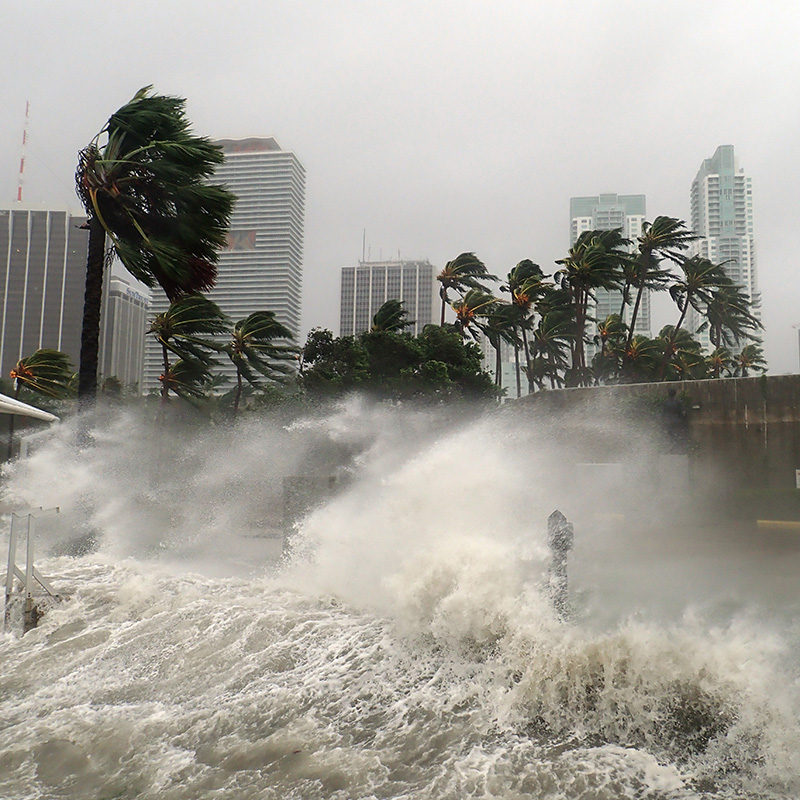
Force Blue is an organization that combines helping marine environment projects and veterans. Their mission is to unite the community of Special Operations veterans with the world of marine conservation for the betterment of both.
5) Help a veteran get reintegrated into community
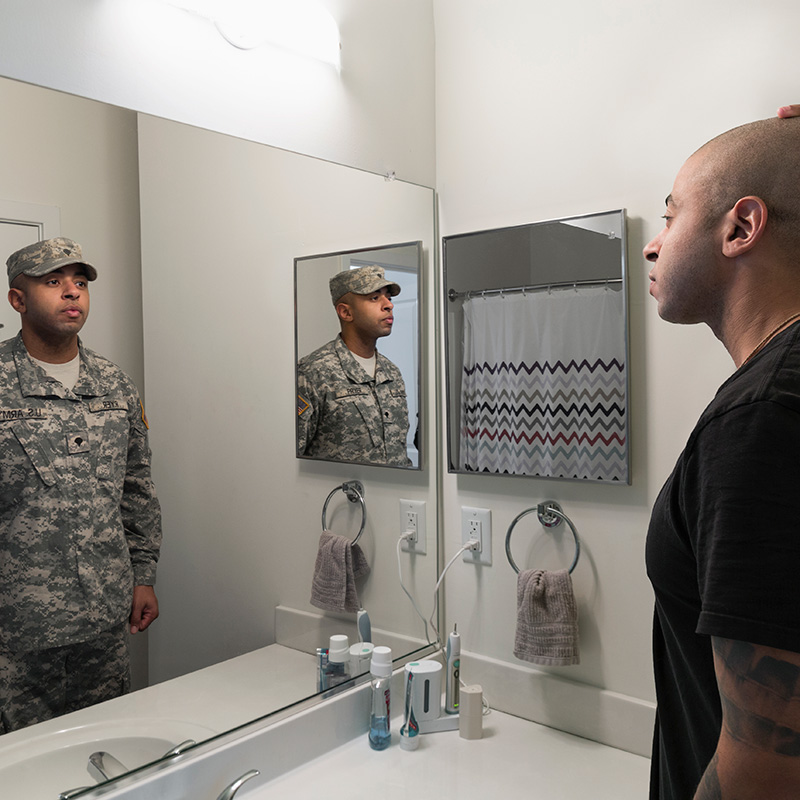
One in five veterans of the wars in Iraq and Afghanistan returned with post-traumatic stress disorder diagnoses. Art helps. It has shown itself an effective solution to mental health problems. If you support art organizations that minister to veterans, like The Veterans Art Project, you are giving back to the men and women who gave their all to keep you safe.
6) Advocate for veterans
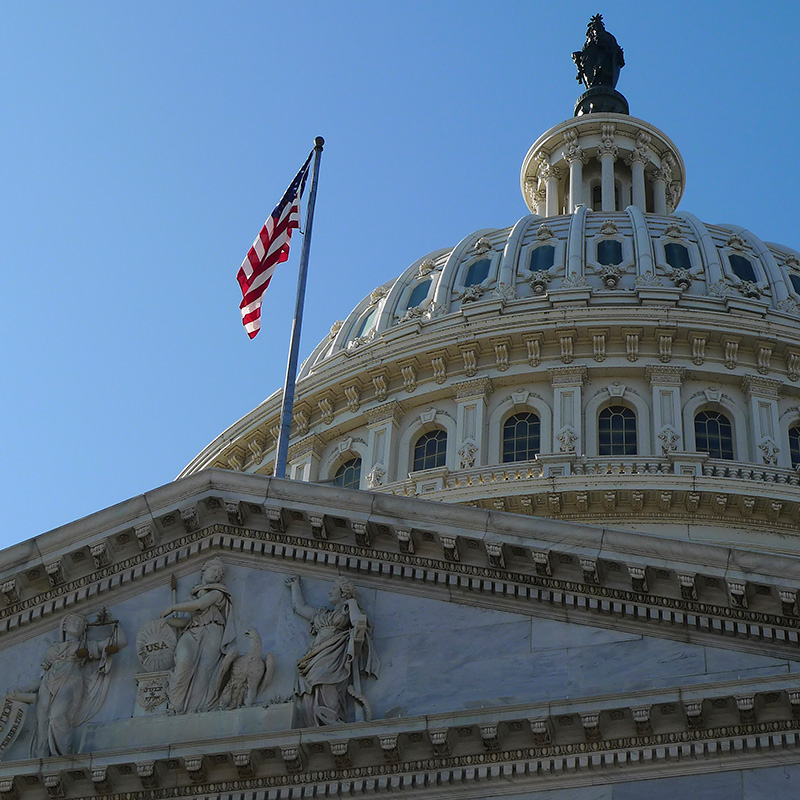
Our elected officials often overlook the essential services such as mental health support and expanded healthcare benefits that veterans need and deserve. Take a moment and call your representatives to voice your concern and support for these programs. Remind them of the importance of passing more legislation like The Pact Act that gave veterans suffering from toxins the help they so desperately need. Good Good Good has a comprehensive guide on how to contact your elected officials.
7) Take someone to the park
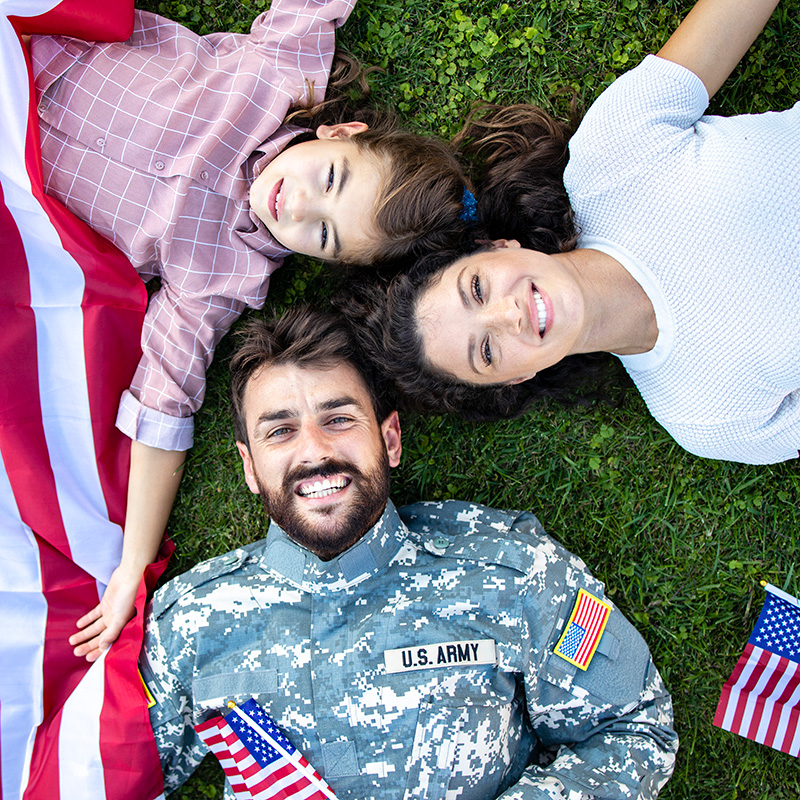
There are 420 national parks throughout our nation. Every year the National Park Service offers several “fee-free days” so that anyone can visit our national parks. Veterans Day is one of those days.
8) Support service dogs for veterans
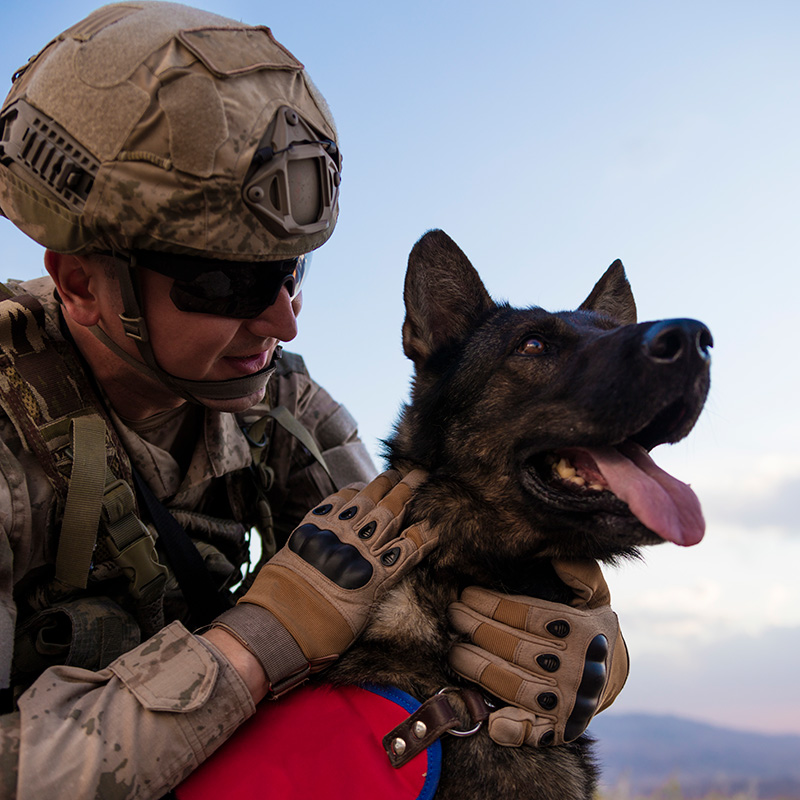
Service and assistance dogs for veterans are helpful to veterans suffering physical injuries, PTSD, hearing and vision loss, and seizures. America’s VetDogs provides enhanced mobility and renewed independence to veterans, active duty service members, and first responders with disabilities. This is essential in allowing them to once again live with pride and self-assurance. Through America’s VetDogs and other programs like this one, you can support financially, raise a puppy, or even volunteer at the facility.
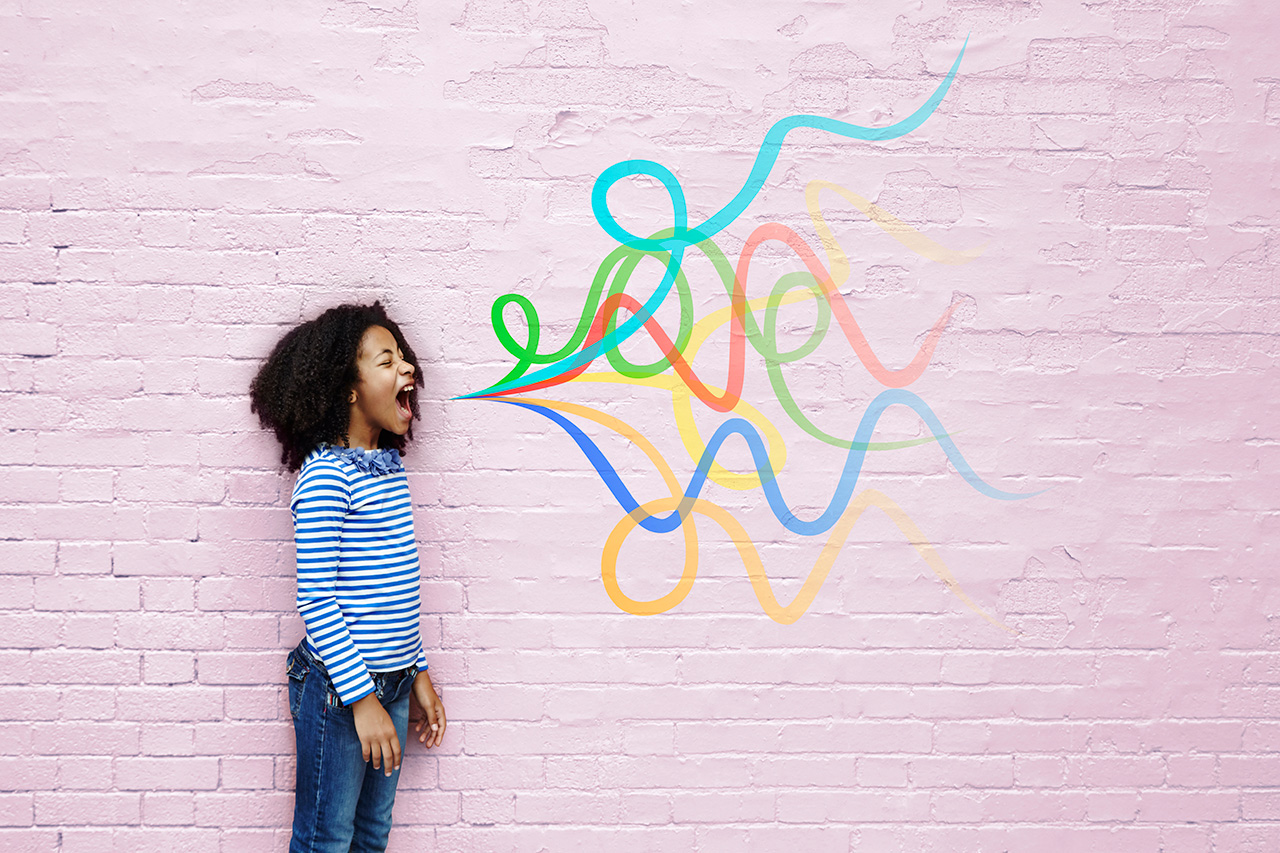
Communication is key
I have offered several ways to show gratitude to and honor for our veterans. They gave all they had to give; now it’s your turn to give back to them. They keep America free!

